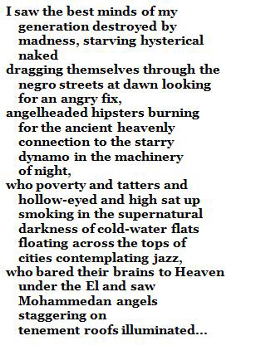The memorialisation of recent history in the countries we are passing through has been a persistent theme, watching the building of post-communist nations through contesting what communism meant. All this is discussed from my point of view, which should not be confused with any claim of “no point of view” objectivity. I hope the following won’t be monumentally boring. If it is, watch this space for a fast-paced article about a wild night of gonzo journalism covering the final rallies in the lead-up to the Serbian presidential elections.
The ramble of national narratives and sites of memorialisation began in Berlin at the recently opened Deutsches historisches Museum. The German national narrative showcased there is very much a product of 50 odd years of Vergangenheitsbewaeltigung, strongly infused by western debates, intent on drawing a rich and varied image of the “national past,” with heroes whose shadowy sides are drawn out (Bismarck) and avoiding the temptation of mythologizing and externalising the Nazi past. Yet when it comes to Communism, it is a memory fixated on West Germany victorious against the East, of a united narrative divided where West Germany is the truer Germany.
In Prague there is no museum of national history, but Prague does boast a museum of Communism, a sad, misnamed private affair about the inter- and post-war history of the Czech Republic, devoid of any exhibits of note and illustrating a narrative cooked up by amateur historians attempting a desperate undergraduate all-nighter with scarcely Wikipedia for support. Keen to remember Marx as a “failed poet,” Lenin for being a German agent, and the 1948 communist victory to have been a result only of agitation and intimidation, it made up for its tendentious tone through its poor translations. In perhaps the only Central European country that had a strong domestic communist movement, the Museum is eager to remember Communism as a Soviet import, alien to Czech sensibilities.
The same externalisation is evident in Hungary, where the controversial terrorhaza is a celebration of victimisation. Commissioned by t.JPG)

.jpg)

No comments:
Post a Comment